What does the weight of your hive tell you?
In the data overview in the BEEP app you see graphs for the weight data. Below are examples of what these graphs can look like and what it means. This article provides suggestions for interpretation of the data.

Use of stock
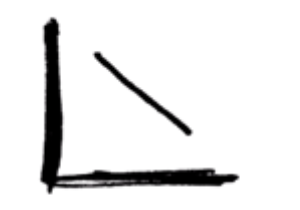
In winter and early spring, the bee population uses the stock built up in the previous year. The weather has an impact: bees use their heat management more efficiently when it is colder and they consume less food when they are on a cluster. The brood stops or is small in winter and grows larger in spring. More bees mean higher consumption. The weight decrease per week or month is clearly visible in the weight measurements with a scale under the hive; hundreds of grams per month in January to several kilograms around March. What the beekeeper wants to prevent is that a hive starves. So be careful in both spring and autumn and keep an eye on availability of food, so the hive is not too much affected by a lack of sufficient food and / or bad weather conditions. By keeping an eye on food consumption, the beekeeper can take measures at the right time.
Collecting food, day pattern

Depending on the times of sunrise and sunset, weather conditions and the status of the hive, the fetch bees fly out to get food. Under suitable conditions, they fly back and forth en masse and bring nectar, pollen, water and resin (for propolis) to the hive. Bees' departure, particularly in the morning, can be observed as a weight loss on the charts. Not only do the bees leave, but they also carry weight in the form of nectar for fuel for the journey.
Over time, the weight line turns upwards; more bees return with a load than leave. Then we have to wait and see how the day continues. The weight gain can be spectacular when the weather and food availability is optimal - explained in more detail under 'Nectar flow' below. At the end of the day, the weight of the hive can be much (several kilograms) higher than at the beginning of the day. Most days of the year, the weight is fairly constant. Bees get food but also consume it. Nectar in particular is collected and used in a high rate. Mostly for heat retention, as to keep the brood at about 35 degrees.
In June and July, bees can fly back into the hive until late in the day. In the evening and night, the weight can show a decrease. This is due to the evaporation of water to ripen the honey. Honey has a sugar content of around 80% and it takes about three kilograms of nectar to obtain a kilogram of honey.
Nectar flow
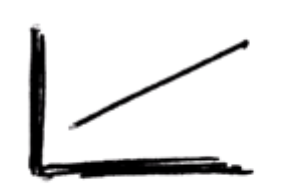
Depending on the available nectar and pollen in the area, the weather and the status of the hive, there may be days when the weight increases enormously during the day. For example in June and July on the Northern Hemisphere, the bees can collect nectar and pollen from early in the morning until late at night. In these months, it is important to keep an eye on whether the bees have enough space to store the nectar. The increase in weight can last for days in good weather and continued food availability. At night, the weight usually decreases due to evaporation of the nectar into honey.
There is always a turning point in the rising trend line over the days or weeks; the trend line (weight per day, for example measured every day at midnight) goes down. Then, the bees are not only evaporating water, but they are likely to consume more than they collect. The beekeeper who wants to harvest honey can now check whether the honey is ripe enough to harvest. If the beekeeper waits too long, it may be that there is much less honey available, or when there is not much nectar and pollen to be collected, no more honey available to harvest.
Floral resources differ per location
The weight increase differences per apairy location depend on availability of floral resources, the distance the bees need to fly to fetch them and diversity of the pollen. Comparing nectar flow between locations can inform the beekeepers which locations are more suitable for placement of honeybee hives.
Robbery
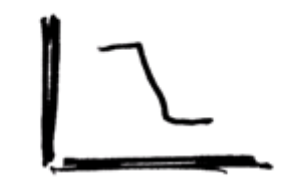
Foraging bees collect food but are also looking out for new sources. Sometimes, they find another hive in the same apiary to be a source of food. If the guarding bees fail to successfully defend the colony, then another colony can sucessfully steal their stock and take it to their own hive. Since the bees only fly during the day, you can see a characteristic weight pattern during the daylight hours. It is an almost straight, sloping line. In total, this decline can add up to be several kilograms per day. The robbed hive will not be completely emptied in a few days. Perhaps, the foraging bees of the robbing hive will refocus on a different source or the affected hive will manage to defend themselves successfully the next day. If the robbery persists and the nectar / honey stock is emptied, this can be disastrous. Especially if not enough food can be found in the area at that time. A beekeeper would like to prevent the loss of a hive through robbery. Timely intervention, for example by reducing the flight opening so that defending is easier, can help.
Swarm
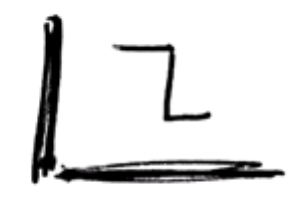
A bee colony is a super organism. It multiplies by splitting. Scouting bees are looking for a new home to continue the family tree. The beekeeper may want to prevent this. It may also be that the beekeeper catches the swarm when leaving the colony. In all cases it helps to know if a swarm has left.
A bee weighs about 90 mg. If half of a population of 40,000 honey bees leaves as a swarm, that is just under two kilos. They also bring a supply of nectar for the trip, that weight also counts in the weight change of the hive. So, a few kilos of bees and nectar leave in a very short time. If the weight measurements have sufficient resolution (i.e. number of measurements per unit time), then you can see the sudden, short-term decrease very well. Because in many cases the hive split several times, so-called "after swarms" follow in the hours and days after the first swarm. Detecting the first swarm by weight loss helps the beekeeper take action if desired.
Inactive
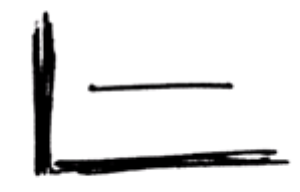
The departure of a whole hive and the death of a colony are part of beekeeping. There can be all kinds of reasons for this. The "flatline" of the weight indicates that nothing is happening anymore. In winter, it is common for weight fluctuations to be minimal. The colonies are relatively small and if they do not fly and handle their food efficiently, there are no big fluctuations.
Unexplained fluctuations
The BEEP base measures weight continuously. Sometimes small fluctuations in tenths of grams, sometimes kilos at a time. Because the weight of the entire hive is measured, everything that is on or in it is also measured. Think of rain, snow, a bird or smaller influences such as condensation in the hive.
Influence of the beekeeper
The beekeeper also has influence on the weight of the hive. Adjustments to the hive, such as the installation of an extra brood chamber, are clearly visible in the measurements. To avoid confusion when interpreting the data, it is very wise to enter inspections in a disciplined way in the BEEP app and enter the date and time. This way, you know which change in weight belongs to which action. Feeding of colony can also be seen; both placing the feed and, in the case of a liquid solution, evaporation of water by the bees.
Reactions
If you have any feedback on this article or ideas on how the BEEP app or base can further support you as a beekeeper, please let us know here.
